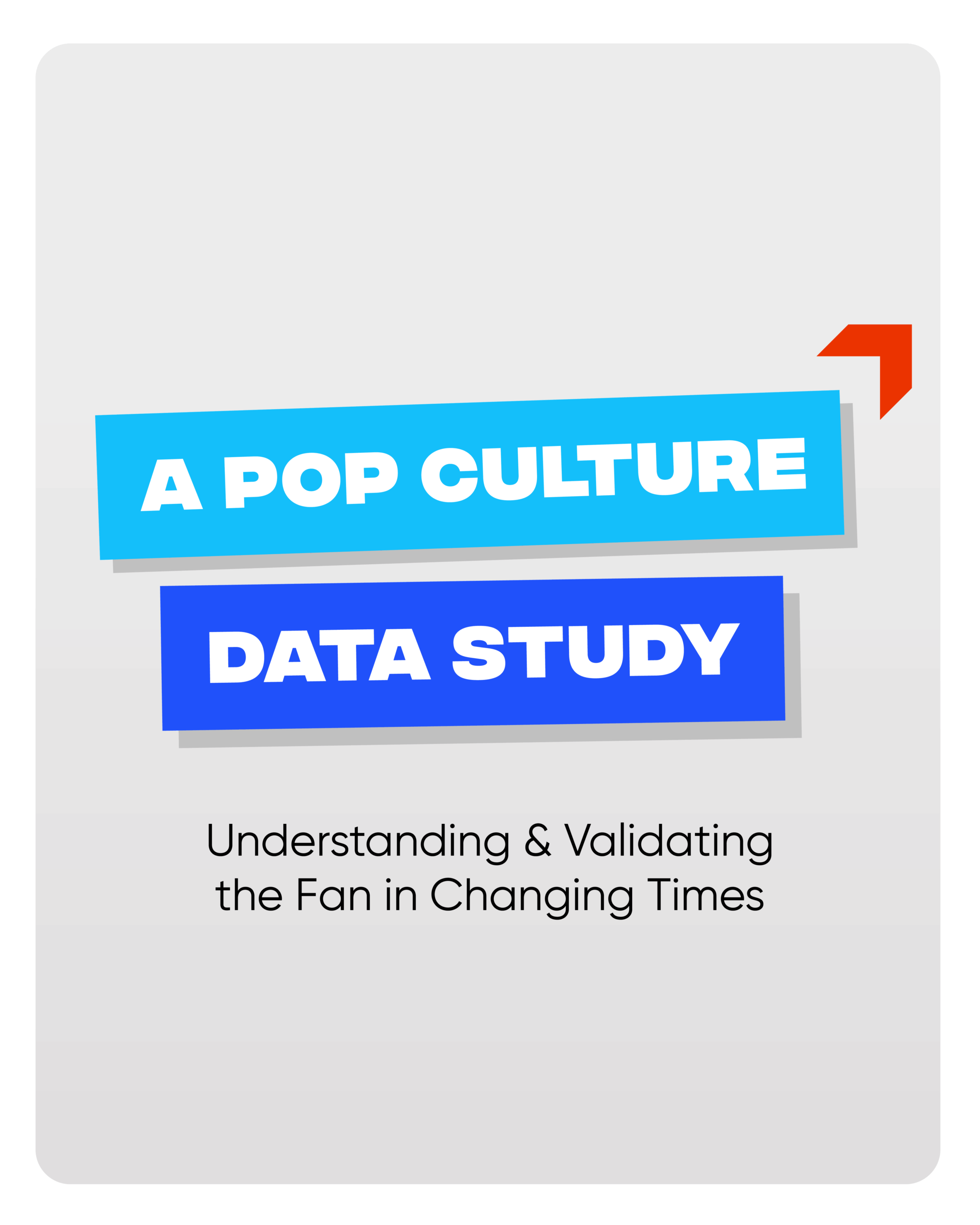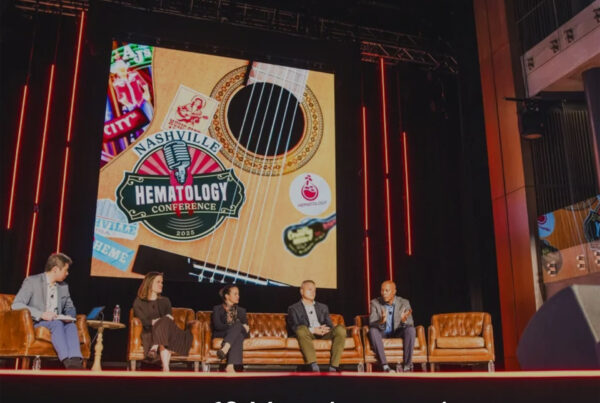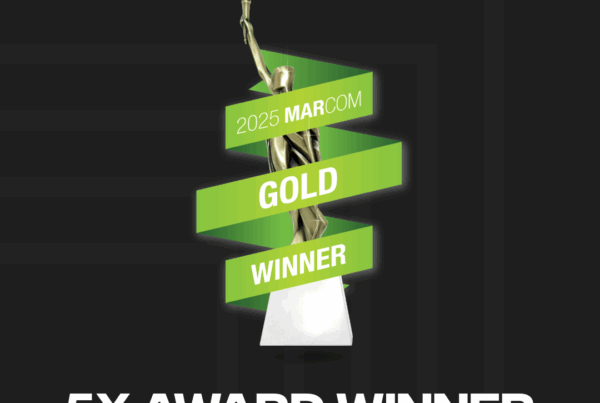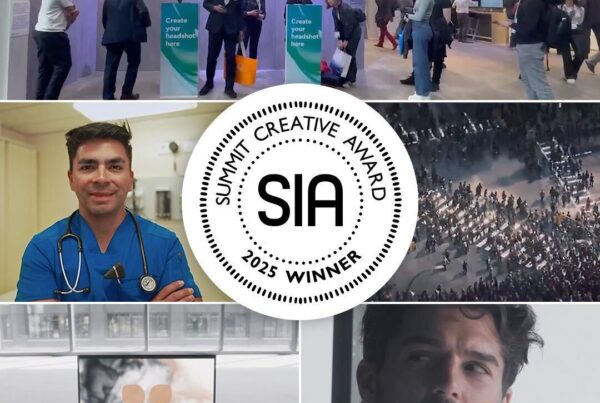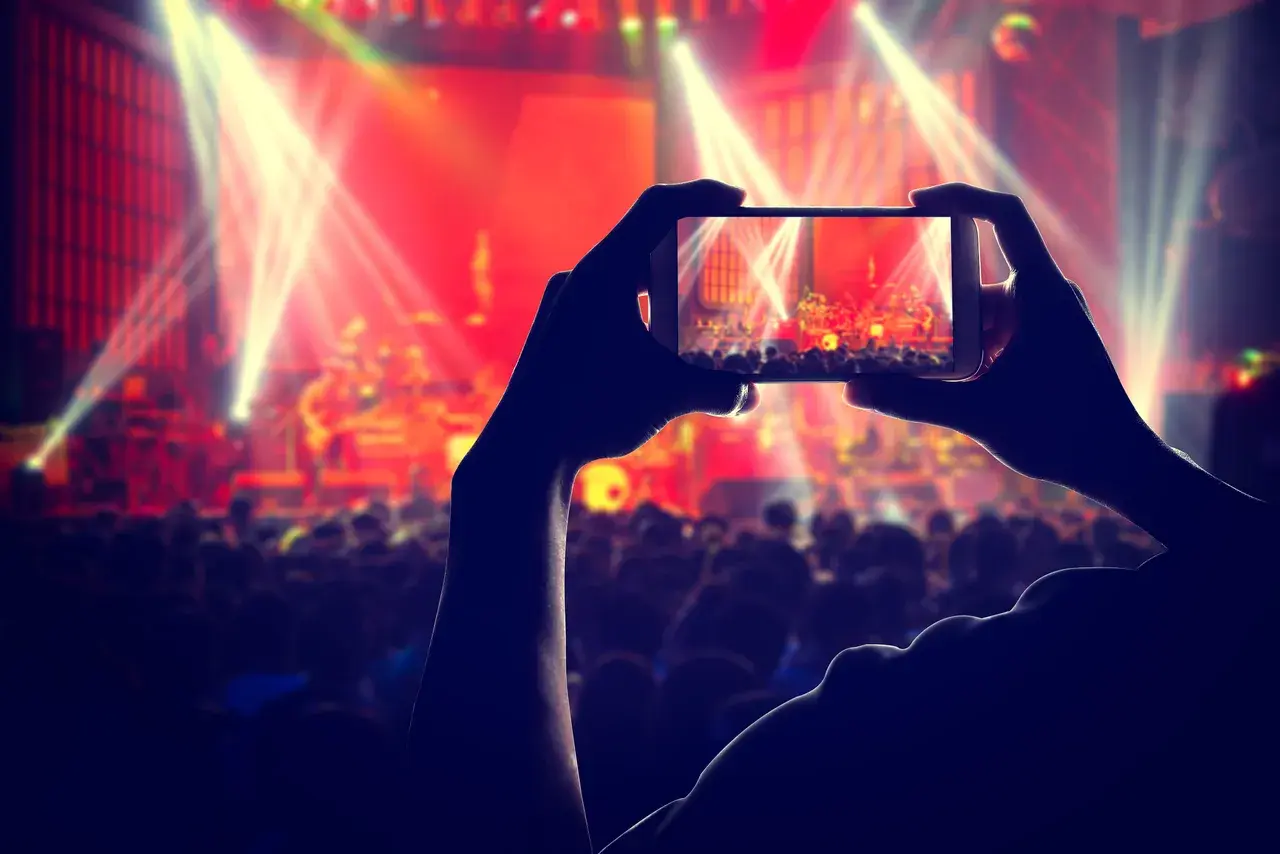
Guest article by Justin Jurek, Director of Creative Services, Wilson Dow — originally published in BizBash
At Wilson Dow, we specialize in experiential marketing and creative production that moves audiences with purpose. In our recent Pop Culture Data Study about what audiences look for in experiences, we found that 58% of attendees prefer fewer, high-impact moments over jam-packed agendas.
This aligns with what we’re seeing firsthand: attendees expect a clear personal ROI from live events: whether that’s a keynote worth traveling for, access to peers and leaders, or memorable experiences that can’t be replicated on social media.
That’s why BizBash published a guest article by Justin Jurek, our Director of Creative Services, spotlighting how JOMO (Joy of Missing Out) is transforming event engagement.
From FOMO to JOMO
JOMO contrasts with FOMO. For years, event design was driven by Fear of Missing Out — pack in more content, more speakers, more sessions. But our study shows that audiences want the opposite: intentional engagement over excess.
As Justin explains:
“The fewer competing distractions, the greater the impact of what remains.”
The Power of Restraint
In design, whether architecture, staging, or events, negative space enhances focus. By building pauses, transitions, and curated breaks, planners and producers make signature moments shine brighter.
This shift proves a key truth: event design requires intentional engagement.
What JOMO Looks Like in Practice
When audiences embrace JOMO, they’re not opting out — they’re opting in to what matters most. That means designing experiences such as:
- A keynote worth crossing the country for
- An intimate lounge that sparks connection and restores energy
- A surprise performance that becomes the story everyone tells
Related Research: Wilson Dow Data Study
The Wilson Dow Pop Culture Data Study offers deeper context for JOMO design principles, drawing on insights from U.S. audiences across concerts, conferences, and cultural experiences. The findings highlight how expectations are shifting toward fewer, more intentional moments — and provide inspiration for how event professionals can design with greater clarity and purpose.
Download the Report
